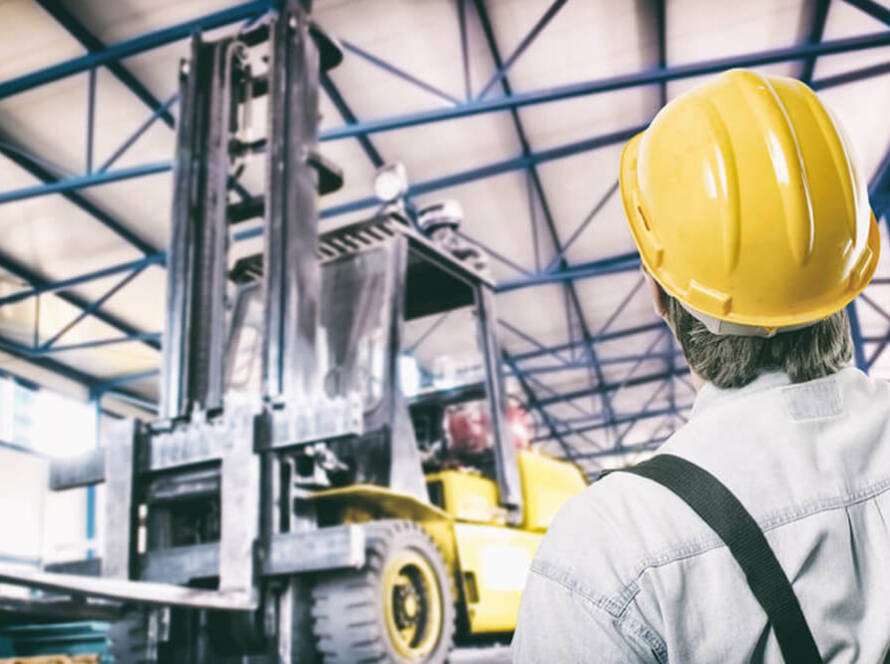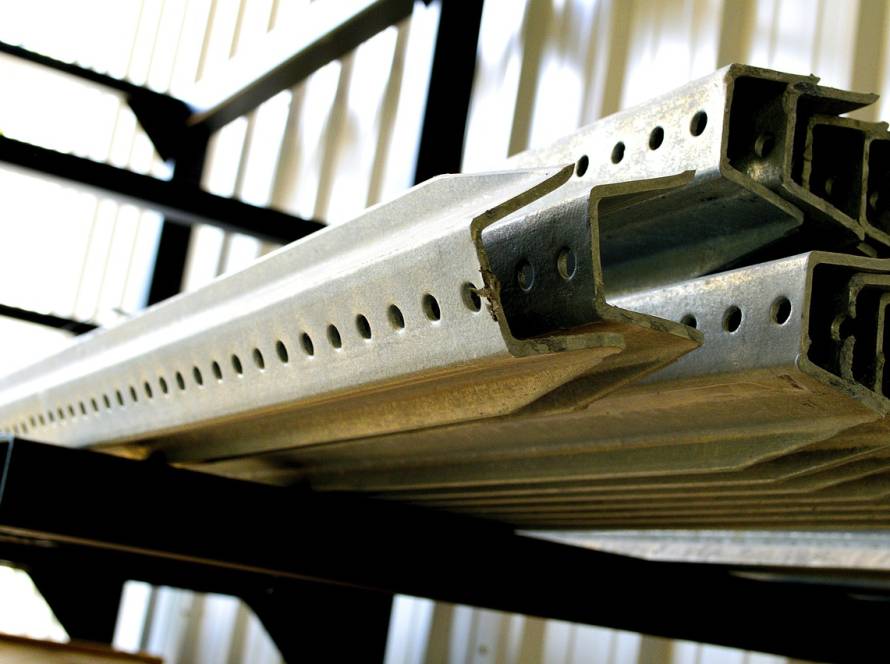Telescopic handlers are versatile lifting machines that come in different shapes and sizes.
When choosing the right type of telehandler for the job there are several factors you should take into consideration, including:
- How high the telehandler needs to reach.
- How much the load weighs.
- How much space there will be to manoeuvre the machine.
- The environment and terrain.
Luckily, there are several different types of telescopic handlers available to choose from, making it easy to find a machine that will meet your requirements perfectly.
In this article, we will find out a little more about the different types of telescopic handlers available and the benefits of each.
What are the functions of a Telehandler?
Telehandlers are mainly used for construction and industrial purposes and are well-suited for outdoor workspaces. Telehandlers have five main hydraulic functions, including:
- Vertical boom lift: The telescoping boom can lift and extend to reach distant heights.
- Horizontal boom extension: Just as the boom extends for height, it also extends to reach farther distances without moving the equipment closer.
- Fork tilt up and down: The fork attachment on the end of the boom tilts to angle the prongs up or down. It helps with manoeuvring objects more accurately.
- Stabilizers up and down: There are two stabilizers on the front end of the body that help it maintain balance while lifting objects.
- Frame levelling: If you’re dealing with particularly rough terrain, frame levelling will ensure the equipment remains horizontally even by tilting the axles appropriately.
Types of telescopic handlers
The two main types of telescopic handlers are the fixed boom telehandler and the rotating 360 slew telescopic handler.
- Fixed boom telescopic handler
The most popular type of telehandler is the fixed boom telescopic handler. This standard type of telehandler has a fixed cab and a fixed boom that points forwards. This type of telehandler is suitable for most jobs.
Benefits of fixed boom telescopic handlers include excellent stability on rough terrain, heavy-duty lifting capabilities, and a boom that can reach long distances. Fixed boom telescopic handlers are ideal for working in wide-open spaces like farms and construction sites.
- Rotating 360 slew telehandler
Rotating 360 slew telehandlers have a cab and a boom that can be rotated 360 degrees whilst the base of the machine remains stationary.
The 360 slew telehandler has superior manoeuvrability when compared to a fixed boom telescopic handler. It is an excellent choice if you are going to be working in tight or hard to reach spaces as it can reach in all directions without needing to move its base. Rotating telehandlers have reasonable lifting capabilities but are generally not designed to lift very heavy loads.
Sizes of telehandlers
As well as the two different types, telescopic handlers also come in a variety of different shapes and sizes, each with different lifting capabilities.
Compact – Compact telehandlers are used when the weight being lifted is not too heavy and does not need to be lifted too high. Generally, super-compact telescopic handlers can lift a maximum weight of 2.5 tonnes to a maximum height of about 6 metres, whilst a compact telehandler can lift up to 4 tonnes to a maximum height of around 10 metres.
Standard lift – A standard telehandler usually has a maximum weight capacity of 2 to 6 tonnes which it can lift to a height of between 6 and 11 metres.
High lift – If you require a telehandler that can lift its load very high, there are high lift telescopic handlers that can take weights of 3 to 6 tonnes and lift them up to 17 metres plus and JCB telehandler booms out to 20 metres.
Heavy load – Jobs involving very heavy loads will require the help of a heavy load telehandler. This type of telehandler can handle loads weighing up to around 7.5 tonnes.
How to choose the right telehandler for the job
With so many different types of telehandlers to choose from, it’s important to think carefully about the kind of work the machine will be required to carry out to ensure that you choose the most appropriate type, size, make, and model for the job.
Using the wrong machine for the job can be very dangerous, so you should always familiarise yourself with the machine’s user manual before using it for the first time. Most telehandlers also feature a useful radius plate which can be found nearby to the machine’s controls. The radius plate displays safety information about the maximum weight the telehandler can safely lift at different heights.
Factors to Consider Before Choosing a Telehandler
There are multiple factors you should consider before choosing a telehandler for your needs.
- Capacity.
- Height
- Reach
- Turning Radius
- Boom Pivot Pin
- Tires
- Steering
- Accessories
Just as using the right type of telehandler is very important to site safety, so is ensuring that the appropriate person is operating the telescopic handler. The person operating the telehandler should be qualified and competent in the role.
Construction businesses have a duty of care to their employees, the best way to ensure that telescopic handlers are operated safely is to ensure that all telehandler operators possess certification from an accredited qualification that proves their competence in the role.
Some of the nationally recognised and accredited telehandler training courses are the NPORS telescopic handler training and the CPCS telescopic handler training. At SB Skills, our trained instructors are experienced in the industry and fully accredited, providing first-class, engaging training sessions.
For more information about our telehandler training courses, give our team a call on 01695 558 420, or email info@sbskills.co.uk.



